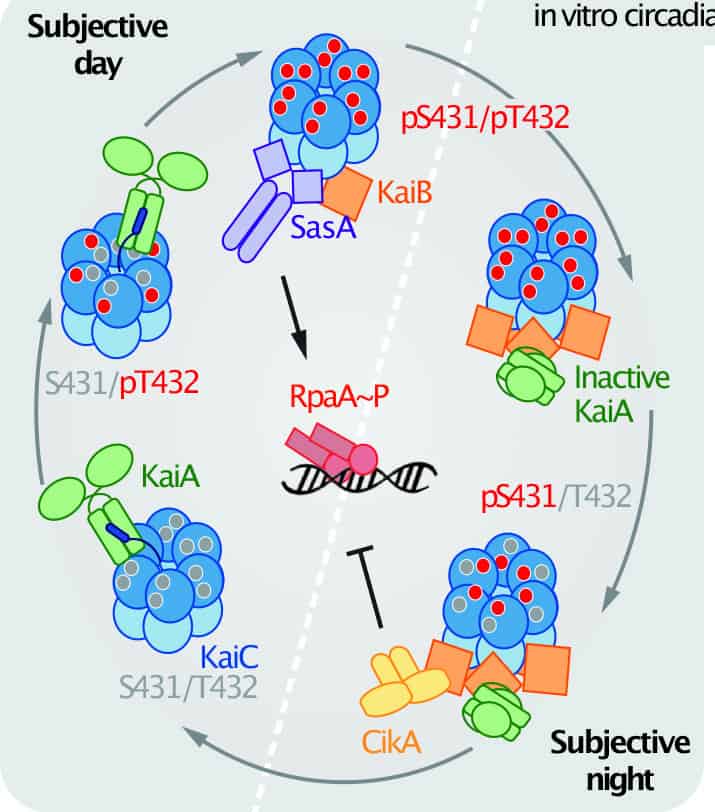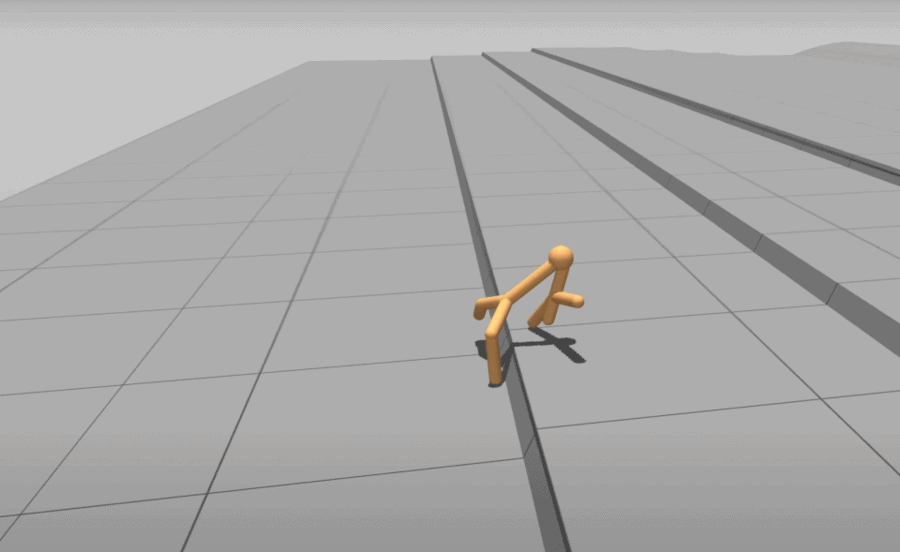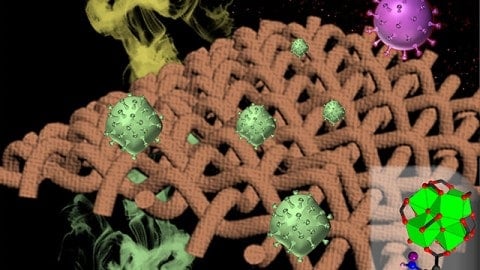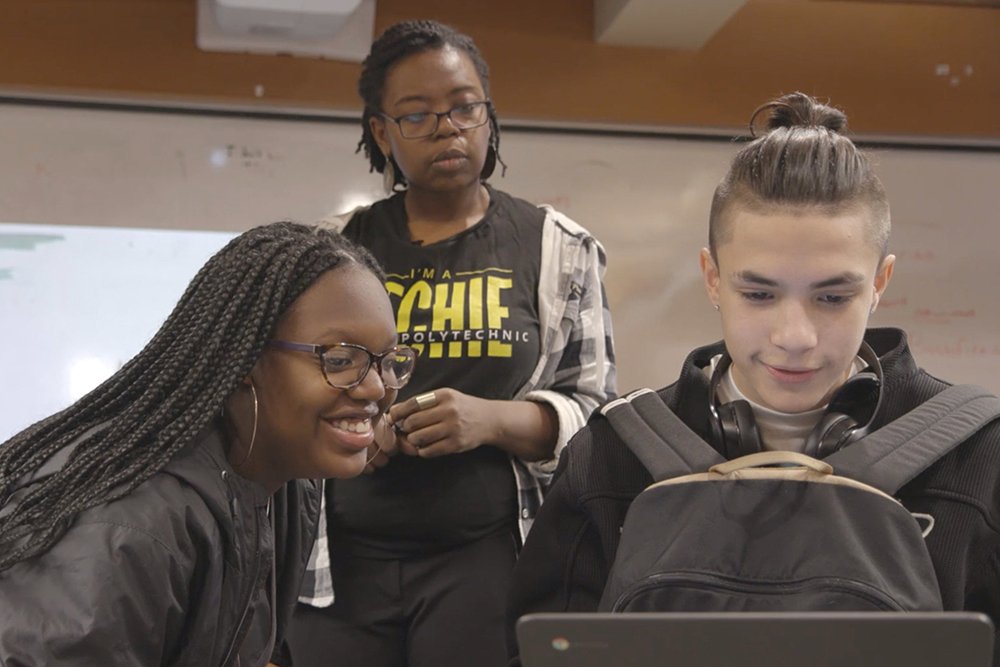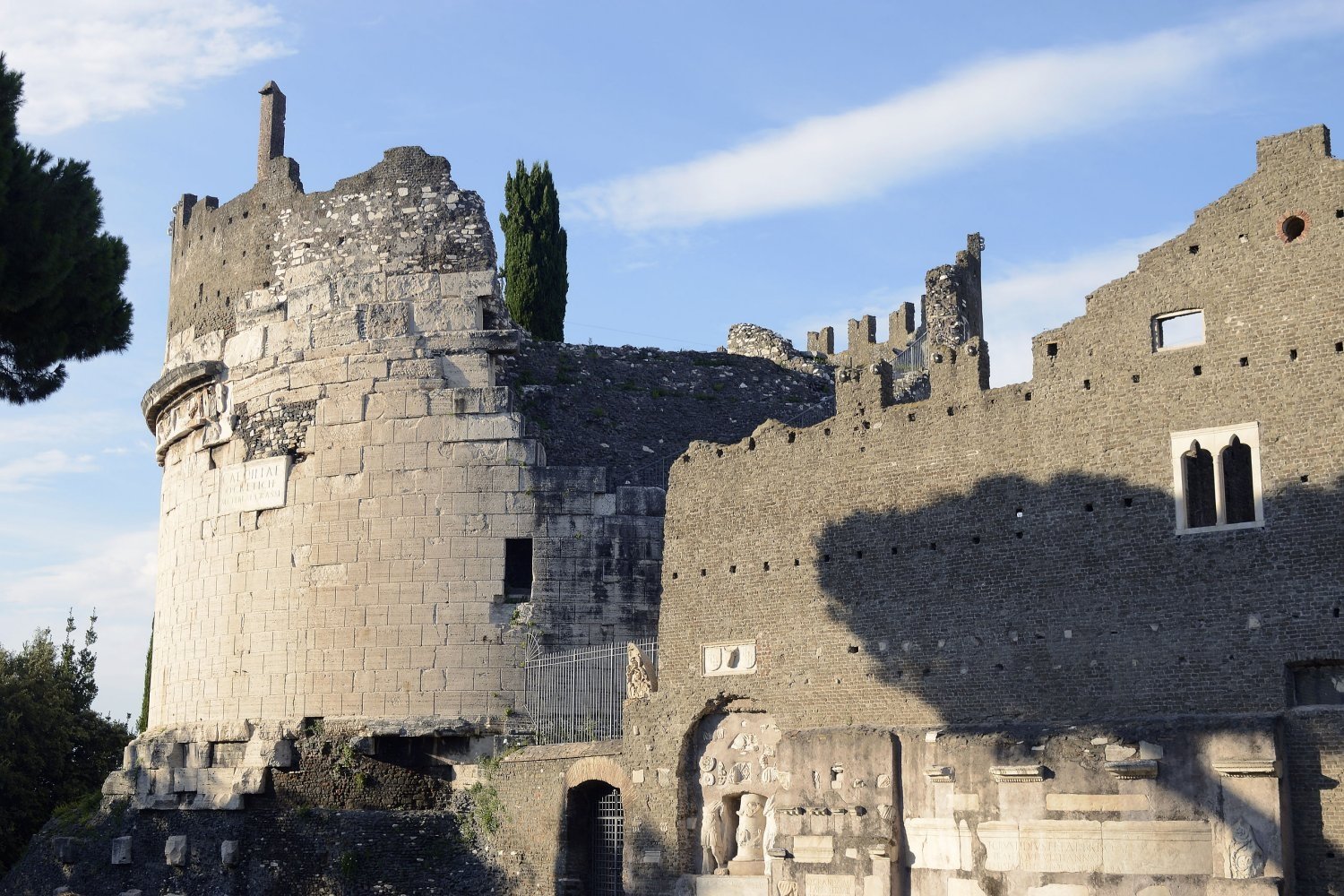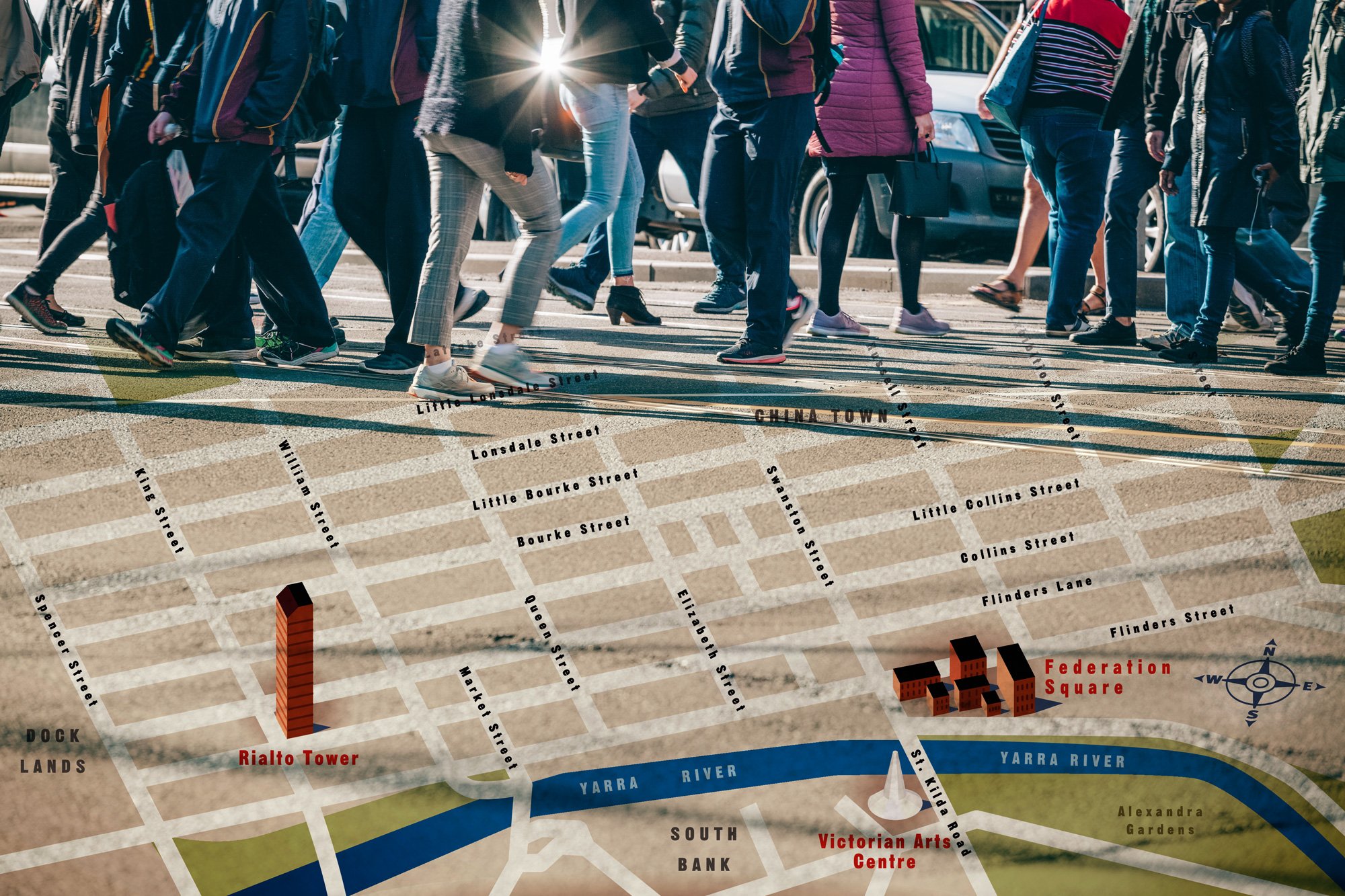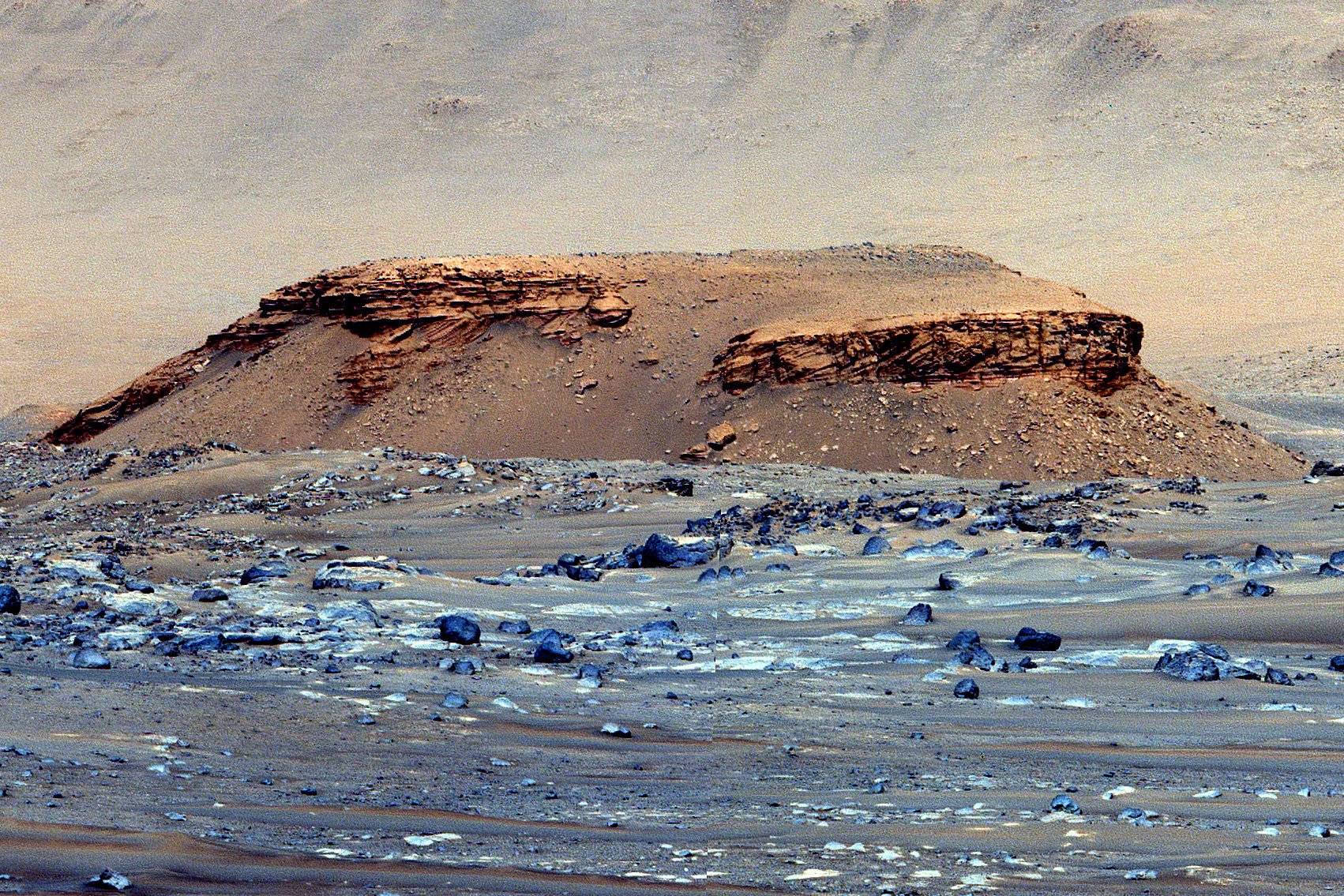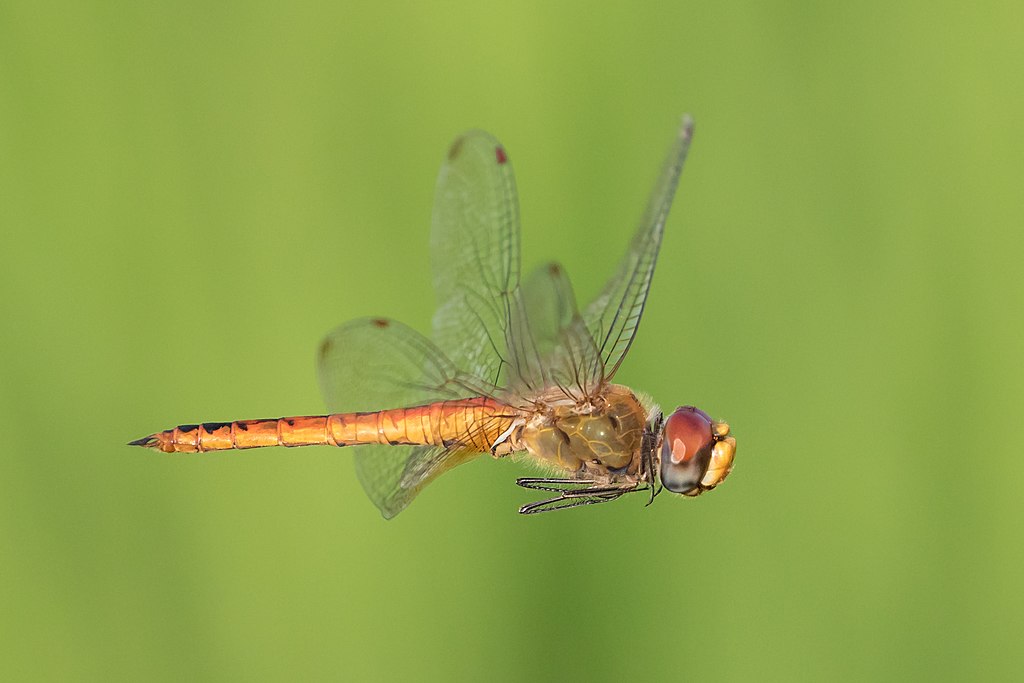Daily cycles in virtually every aspect of our physiology are driven by biological clocks (also called circadian clocks) in our cells. The cyclical interactions of clock proteins keep the biological rhythms of life in tune with the daily cycle of night and day, and this happens not only in humans and other complex animals but […]
Read More